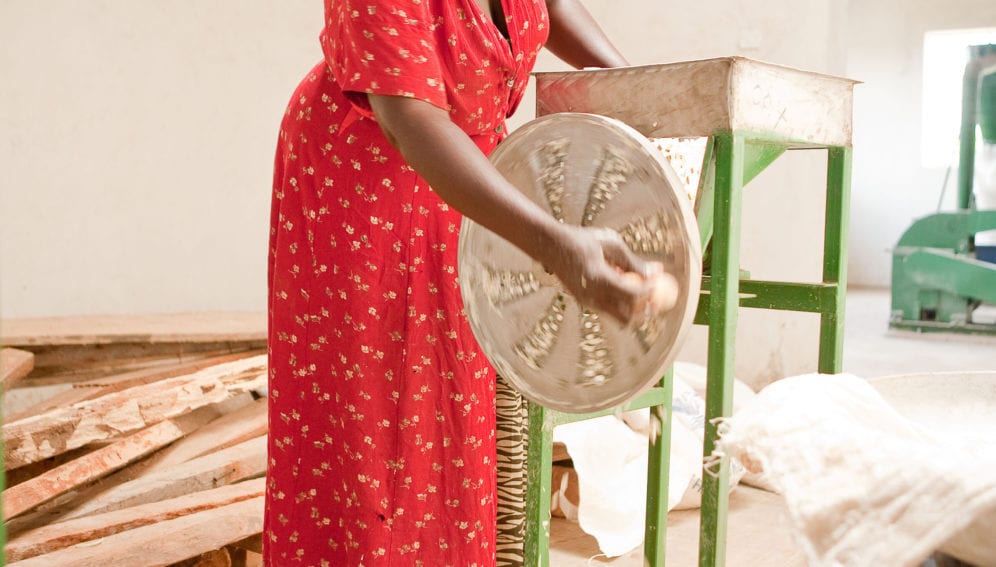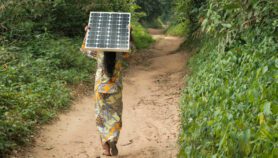By: Henrietta Miers
Send to a friend
The details you provide on this page will not be used to send unsolicited email, and will not be sold to a 3rd party. See privacy policy.
Small-scale technology can help women to raise their status and increase their income and education, says Henrietta Miers.
Western development agencies' lukewarm attitude to the role technology can play in poverty reduction does not serve women well. NGOs like Practical Action specialise in community-owned technology that is small-scale, labour-saving and cost-effective and often most benefits poor women. More support for such technology projects could transform women's lives.
Practical Action is not alone. The electrification of remote villages in the north of Pakistan, introduced by another NGO, the Aga Khan Rural Support Programme (AKRSP), shows how three simple ingredients — running water, community organisation and some technical know-how — can help women.
SPEED READ
- A Pakistani power project has reduced time-consuming household chores for many women
- Electricity allows women to earn more from woollen products and has cut indoor pollution
- But many NGOs are ambivalent about technology's benefits
The district of Chitral and the Northern Areas of Pakistan lie where the Karakoram, the Himalaya and the Hindu Kush mountain ranges meet. When AKRSP first arrived in this isolated area in the 1980s, it found villages scattered up mountainsides with erratic or no connection to the national grid, and local people demanding electricity. Until then, light came from pinewood torches and expensive kerosene lights.
AKRSP introduced micro-hydroelectric technology using water from the region's fast-flowing rivers to generate energy. In Chitral alone, 209 'micro-hydel' systems had been established by 2012, bringing electricity to more than half of the population. Villagers themselves build and maintain the systems.
Community ownership is central to making this technology work. Village organisations, in which women are active, contribute towards installation costs and decide on connection fees, energy charges and subsidies for the poorest households. Some committees charge more for electricity-hungry appliances such as washing machines, and restrict their use in the evenings when lights and televisions are on to prevent system overload.
For women, gone is the drudgery of time-consuming household chores such as washing clothes and churning butter by hand. Eye and respiratory diseases from kerosene and pinewood torches have declined, especially among women who spend much of their time at home. Electric light enables women to spend more time turning the local wool, shu, into products that form their largest source of income. Television — for example through the Allam Iqbal Open University, in Pakistan — has opened up education for women where a strict culture of purdah (the practice of concealing women from men) confines them to their village boundary. [1]
NGOs such as Practical Action and AKRSP show that small-scale technology can benefit women in a number of ways.

Henrietta Miers has worked across Africa and Asia as a gender and social development consultant for 15 years, specialising in gender policy. She is senior associate of WISE Development, a consulting company that focuses on boosting the economic opportunities for poor women.
References
[1] Ummar, F. and Khan. A.S. Electrification Benefits Women in Chitral, Pakistan (ENERGIA News, 2006)














